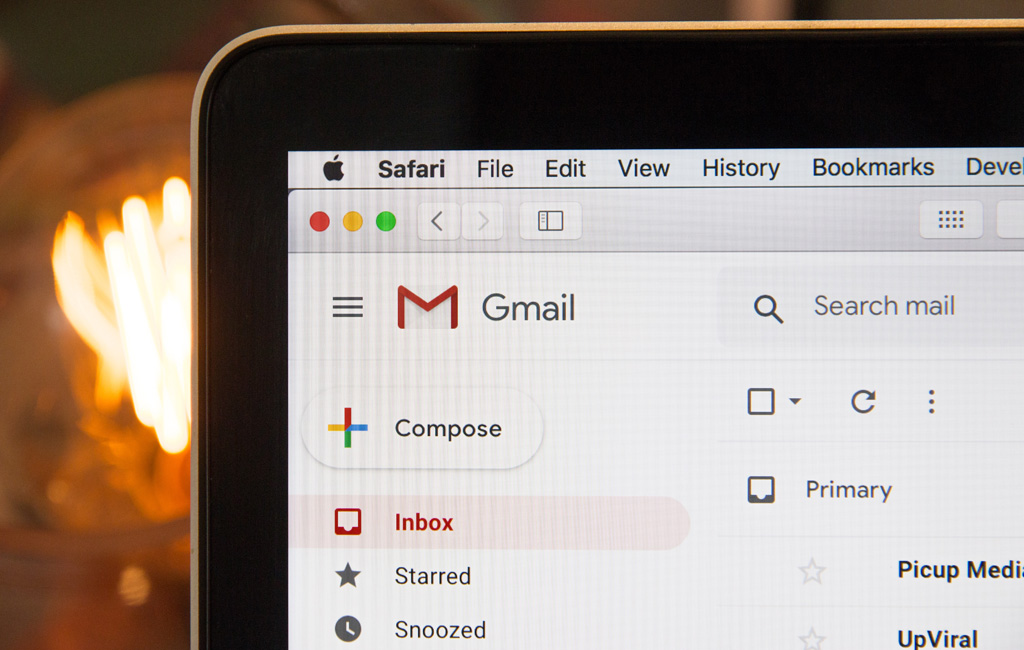Has The Toronto Bubble Finally, Popped?

Did you know your online activity comes with a digital carbon footprint? That the cloud is not actually a cloud? In fact, our information is stored in data centres, some of them the size of football stadiums, containing thousands of computers operating 24/7, 365 days a year (well – 366 days this year). These centres store and send our emails, videos and documents. They require huge amounts of power as well as adequate cooling systems. That’s a lot of energy consumption – and a lot of Co2 production!
In fact, the global information and communication technology (ICT) ecosystem has an environmental impact so large that its carbon footprint is on a par with the entire aviation industry’s emissions from fuel. That’s right. Our combined Instagram likes, Google searches, emails and Netflix binges have the same impact on the environment as the much-maligned airline industry.
Does that sound alarming? It is. But it also isn’t. Google and Apple claim they power their servers with 100% renewable energy—solar panels, wind turbines and hydroelectric dams. Moreover, Facebook will use 100% clean energy by the end of 2020. Amazon uses 50% renewable energy and is working towards 100%. Netflix? Not so squeaky clean – only 17% of their data centres are powered by clean energy sources.
Don’t worry. These are easy. They’re little things that will have no impact on you and will have an impact on your digital carbon footprint. Here are three ways to reduce your digital carbon footprint:

Emails are the biggest energy drain. Your messages pass through your ISP to their data centre and then redirected to the recipient’s data centre – all of that takes energy. And your emails? Each one stored in your email account emits CO2. Consider this, “sending 33 emails (1 MB each) to two recipients every day produces the same amount of Co2 as driving 1000 km by car. Each year, almost 300 billion emails are sent globally. 80% are never opened.” That’s some pretty scary math…and an even scarier energy drain! How can you do your part?

All the data that we want now and fast comes with its own digital carbon footprint. A smaller footprint than emails but a footprint nonetheless. “In CO2 terms, a year of Google searches equals 2 billion km driven by car” – and that’s just Google searches. What can you do?

Netflix alone consumes 15% of the world’s internet traffic – and remember, 17% of their energy consumption is clean energy. Add in Spotify, Apple Music, Prime, Crave and so many other streaming providers and you’ve got close to 70%, a staggering number and a huge digital carbon footprint.
According to one source, “when the music video for ‘Despacito’ became the first video on YouTube to hit five billion views, the energy used for those streams was the equivalent energy use of 40,000 homes in a year.” What else can you do?
Sorry Kermit! It is easy being green. Well, kind of green. As promised, these are easy fixes that will reduce your digital carbon footprint.
Full disclosure. When I started writing this post on sustainable home furnishings and accessories, our digital carbon footprint was going to be a bonus tip – and I started at the end. I went down the rabbit hole and discovered that our digital carbon footprint has a huge impact and is worthy of a post of its own. Stay tuned, more to come on creating an eco-conscious home and it won’t make you feel nearly as guilty, I promise. Well, I hope.
—
This article is written by Kathy Mighton, Project Manager and Lead Designer here at Fox Marin Associates. She is FM Design’s creator of well-crafted spaces that inspire and impress! A true design enthusiast, there are not enough walls or surfaces in Kathy’s life to display all the art that she loves.